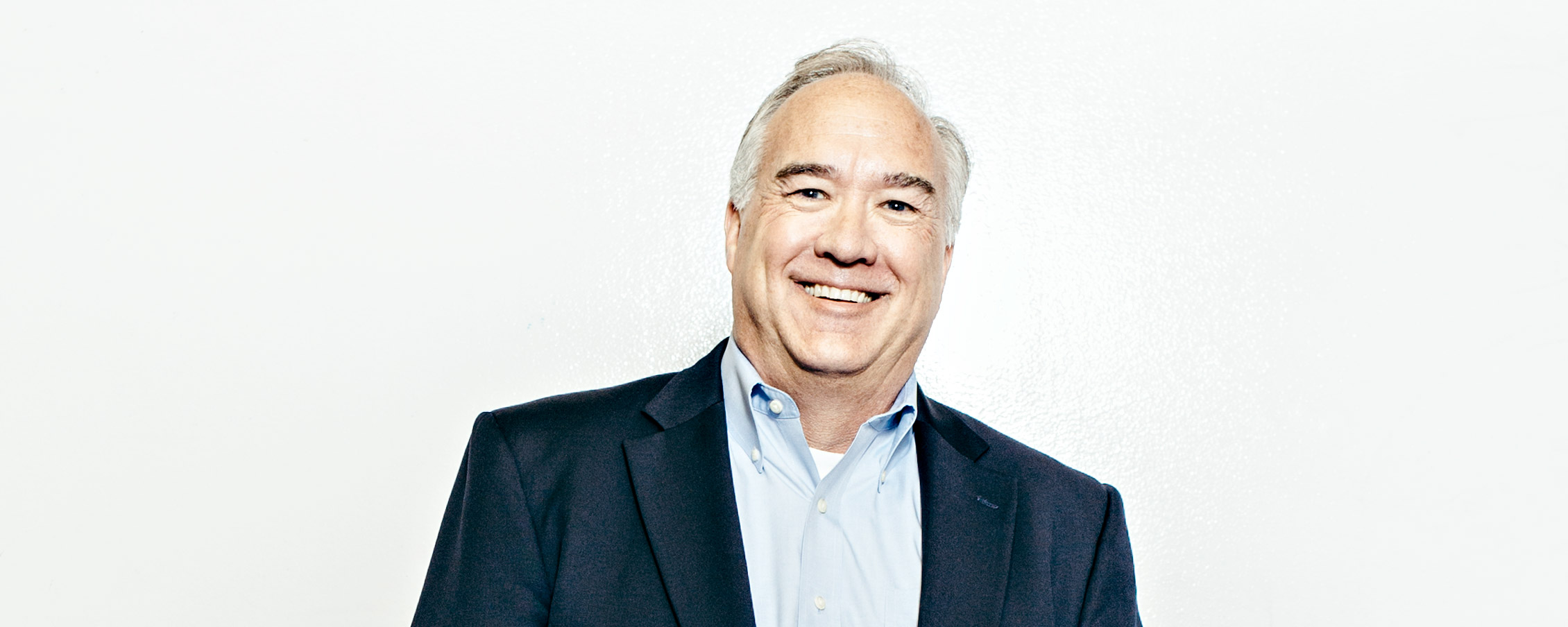Home Care Providers
Health care has changed dramatically in recent years. But few realize that one vital sector of the industry lags behind the technology revolution—home care. While patients’ residences are not usually enabled like hospitals or physicians’ offices, there are countless and compelling reasons to see them as a viable option for patient care.
When it comes to an aging population, many people want to live independently for as long as possible. At the same time, as hospitals and health systems move to accountable care and the length of inpatient stays decrease, providers want to maintain the highest possible levels of monitoring and accountability after discharge.
These factors present tremendous opportunities to home care providers such as BrightStar Care. But these companies also must transition to mobile and paperless technologies in order to make the most of them, according to Jim Kearns, BrightStar’s chief technology officer. “Given current market conditions, including a shortage of health-care workers, moving to digital automation and the capabilities it provides is the best way to boost customer satisfaction, attract and retain the best staff and new clients, and capitalize on numerous business advantages,” Kearns says.
For caregivers, automation provides “paper-free” processes and allows them to manage schedules, update credentials, clock in and out, and review clinical information and services they are to perform on a given day. From the patient or customer perspective, automation assures consistent, timely, quality care delivery with nurse managers being notified instantly of concerns, issues, or changes in a patient’s condition.
Understanding the Issues and the Users
Even with such advantages, Kearns points out that users have predictable patterns when exposed to new technology: resistance, skepticism, experimentation, and acceptance. Successful implementation, however, depends on ensuring that the technology appropriately addresses user needs and concerns. That is accomplished in the early stages by having developers gain as much firsthand clinical experience as possible.
Kearns used this approach at Access Healthcare, where he helped develop software for the organization’s twenty-four-hour nursing call centers. During his tenure, the average call length was reduced by nearly half the time while lowering cost and improving care levels. “When users describe what they need, it’s based on their concept of what technology can do,” Kearns explains. “By enabling IT staff to get close to care delivery, they gain a full understanding of the issues and can supply capabilities that hit the target with real value to operational processes.”
The next step to gaining acceptance is identifying informal leaders in an organization. Kearns refers to BrightStar’s nearly 200 franchise offices as “super-users.” By enabling them with in-depth eight-week instruction programs on managing mobile devices, the company gains their trust and endorsements that help create support from the ground up. “We used to joke that if we build it, they might use it, but with substantial training modules on project plans, tip sheets, and documentation, we create a well-defined role for the super-users and clearly demonstrate the capabilities and benefits we’re introducing,” he says.
Technology Timeline
The first phase of BrightStar’s rollout began at the beginning of last year with scheduling, time card, and payroll automation for its companion and personal level care staff and patients. The second phase pilot, which addresses automated care delivery (such as care plans and task lists) was launched over the summer and expands capabilities to its skilled level care.
Plans for this year include introducing automation to help increase patient and family involvement in care activities. Patient portals will also allow family members to communicate with caregivers and automated tools will assist patients with memory aides and other therapeutic games. BrightStar will also continue evaluating in-home monitoring technology that measures changes in a patient’s movements or activities that can help identify clinical declines earlier and facilitate additional levels of care or intervention sooner.
“In-home devices for patients provide great new clinical capabilities and opportunities to engage patients and families,” Kearns says. “But we are also sure to present new areas of potential resistance that we’ll have to be creative about overcoming.”
Reaping Business Benefits
BrightStar is seeing benefits even as its new systems are being rolled out. In addition to more efficient operations, new clients are responding positively to the added features and capabilities. Patients feel more secure knowing that the likelihood of errors or omissions is greatly reduced. Existing national accounts, such as insurers and medical systems, are impressed with the monitoring and accountability that automation provides and have indicated plans to increase their business with the company. Unsolicited posts on caregiver websites have also appeared, praising the new systems and features, raising BrightStar’s profile among potential new staffers.
Even with these clear benefits, gaining acceptance of the new technology is an ongoing process that can be difficult for some users. In one case, an office reported a problem with the software, which showed a discrepancy between a caregiver’s automated time card and the manual system that was still in operation. In fact, the automation had discovered a mistake in the employee’s hours, which was not detected by the manual process.
Kearns indicates that clear, comprehensive, and transparent communication is essential for overcoming fears and fostering acceptance of new technology. A clear example of this was demonstrated when a super-user struggled with implementing a new payroll procedure that was going to reduce processing man-hours by nearly 90 percent. Once it was clarified that the impending change would not threaten her job but rather increase her responsibilities by enabling her to devote time to more substantial and important tasks, the implementation proceeded smoothly.
“Technology on its own never solves a business problem,” he says. “Value is created when you combine the technology with good business process and an educated, fully informed user. In other words, how you manage the change is often more important than the technology solution itself.”

